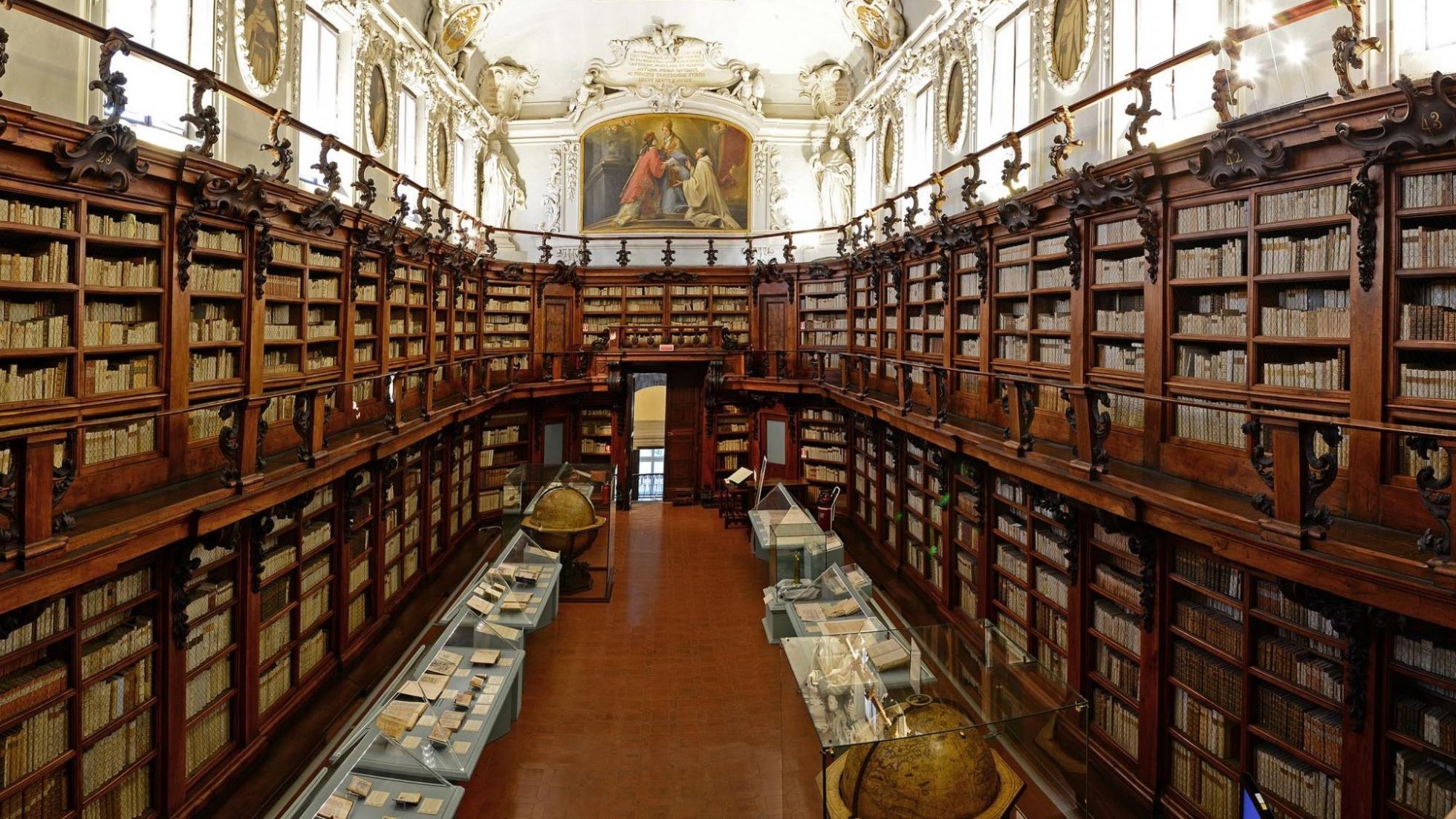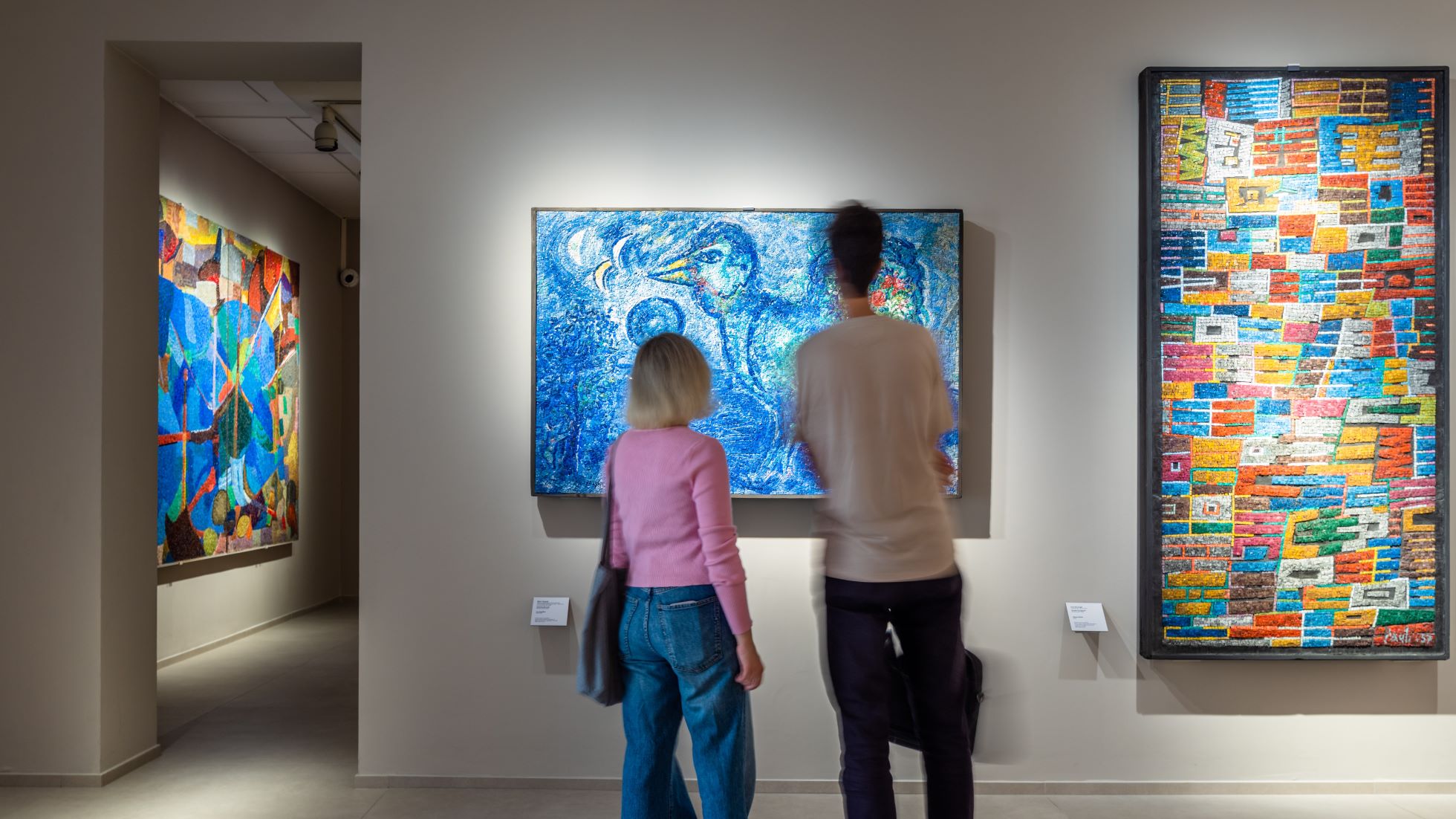
Mausloeum of Galla Placidia
The Mausoleum of Galla Placidia, built in 425 A.D., with its unique early Christian mosaics, is one of the eight amazing UNESCO World Heritage sites in the city of Ravenna.






It was originally the abbey of the Camaldolese monks within the city walls. Today the Classense–which includes the church of San Romualdo and two monumental cloisters –houses one of the most important library institutions in Italy and is a popular place for citizens, students, scholars and travellers.
It is an architectural jewel composed of several rooms built from the 16th century onwards. After the bloody Battle of Ravenna, in1512, the monks of the basilica of Sant’Apollinare in Classe were forced to move inside the city walls. Extraordinary are: the first cloister, with its Baroque façade designed by the Camaldolese monk G. A. Soratini; the Aula Magna or Library (currently unvisitable due to restoration), built between the 17th and 18th centuries by Abbot Pietro Canneti, based on Soratini’s design; the 16th-century refectory, since 1921 the Sala Dantesca, with the amazing painting of The Wedding at Cana by Luca Longhi and the ceiling with the dream of Saint Romuald, the founder of the Camaldolese Order.
In this sublime context we can find various mosaic interventions. A splendid floor mosaic from the Justinian era stands out in the Mosaic Room. The ground floor houses two contemporary works by Maria Grazia Brunetti: Arborea Donna Libera Aurea, in the first cloister, and the pebble floor in the Manica Lunga exhibition hall.
Via Alfredo Baccarini, 3, 48121 Ravenna RA
Free admission
For info and booking write and emai to segreteriaclas@classense.ra.it

Select a language
Selected
Other languages